Field horsetail, known scientifically as Equisetum arvense, is an ancient plant renowned for its beneficial properties in gardening. Used as a decoction, it offers a natural solution to strengthen plant resistance against various diseases. Here is how to prepare an effective horsetail decoction.
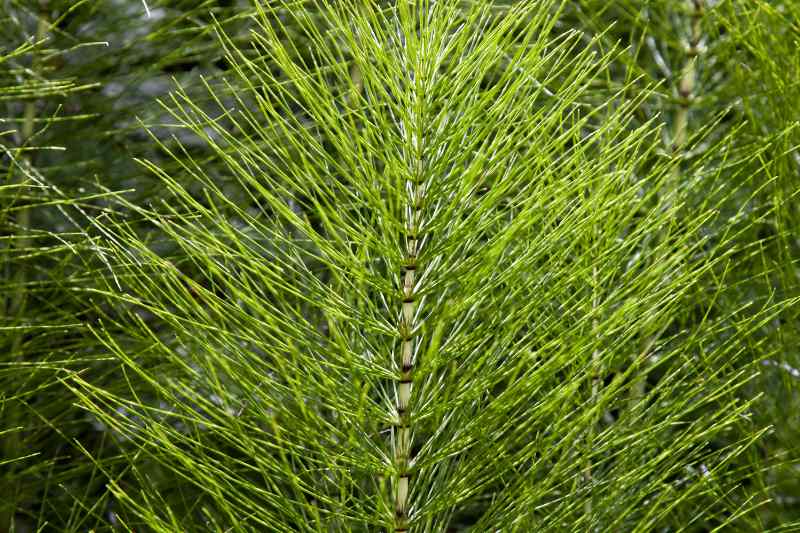
What is horsetail decoction used for?
Horsetail decoction is a natural treatment used in gardening and in organic agriculture for its multiple virtues, mainly to strengthen plant resistance to diseases, notably those of fungal origin, and to improve soil structure. This ancestral remedy draws its richness from field horsetail (Equisetum arvense), a plant reputed for high silica content and other beneficial minerals. Horsetail is used to:
- Strengthen plants: silica, abundant in horsetail decoction, helps reinforce plant cell walls, making stems and leaves more resistant to attacks by pests and fungal diseases.
- Protect against fungi: thanks to presence of flavonoids and saponins, horsetail acts as a natural fungicidal, helping to prevent and control diseases such as downy mildew, rust and other fungal infections.
- Stimulate growth: minerals and trace elements (potassium, magnesium, iron...) present stimulate healthy, vigorous growth of plants.
- Improve soil: applying this decoction to soil can help enrich its structure, favouring a healthy growth environment for plants.
Did you know? : There are many horsetail species worldwide; find some in our online nursery.
Manure or decoction? What are the differences?
Decoction of horsetail is obtained by boiling the plant in water, which quickly extracts its active compounds. Horsetail manure, by contrast, is produced by fermenting the plant in water over several days to several weeks, without boiling. Decoction is generally richer in certain compounds soluble in hot water and is used shortly after preparation. Manure contains a broader range of organic compounds and is used as a liquid fertiliser or as a preventive treatment against diseases. In short, decoction is preferred for a rapid fungicidal effect, whereas manure is used more for its general action on plant and soil health.
Harvest and preparation of horsetail
Best time to harvest horsetail for decoction is between May and August. At this time the plant is in full flowering and contains maximum silica, an important element for its beneficial properties.
Harvesting horsetail, a crucial step in preparing the decoction, deserves particular attention to ensure effectiveness and safety of final product. It is essential to favour areas away from urban, industrial and agricultural pollution, where air and soil are free from chemical contaminants. This ensures horsetail, being absorbent of soil minerals and nutrients, is free from harmful substances that could alter its beneficial properties.
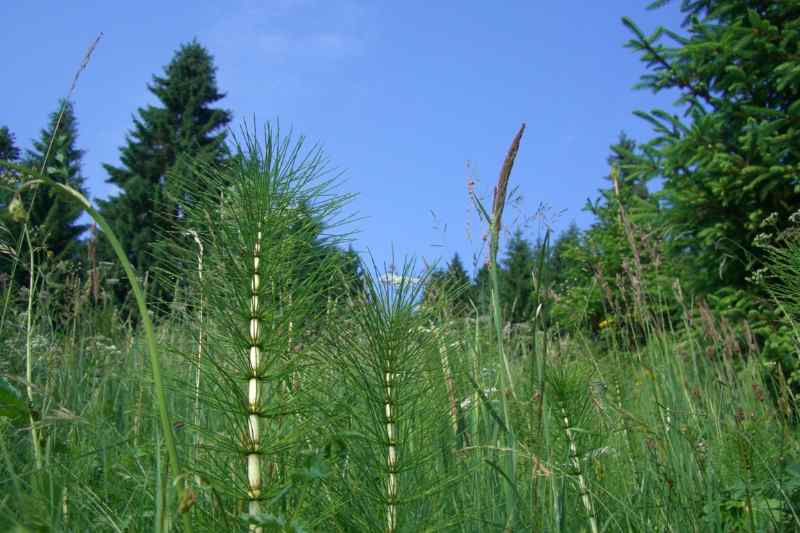
When harvesting, plant age is also a determining factor. Young horsetail shoots, recognisable by bright green colour and flexible stem, should be preferred. These contain optimal concentration of silica and other active compounds, making decoction more effective. Healthy plants, showing no sign of disease or weakness, ensure better quality preparation.
After harvest, thorough cleaning is essential. This involves rinsing horsetail thoroughly under running water to remove soil, small insects and impurities that may be clinging to it. This step prevents introduction of contaminants into the decoction and ensures purity of the preparation. For harvested stems, gentle wiping or light shaking can also help remove remaining dust or soil particles.
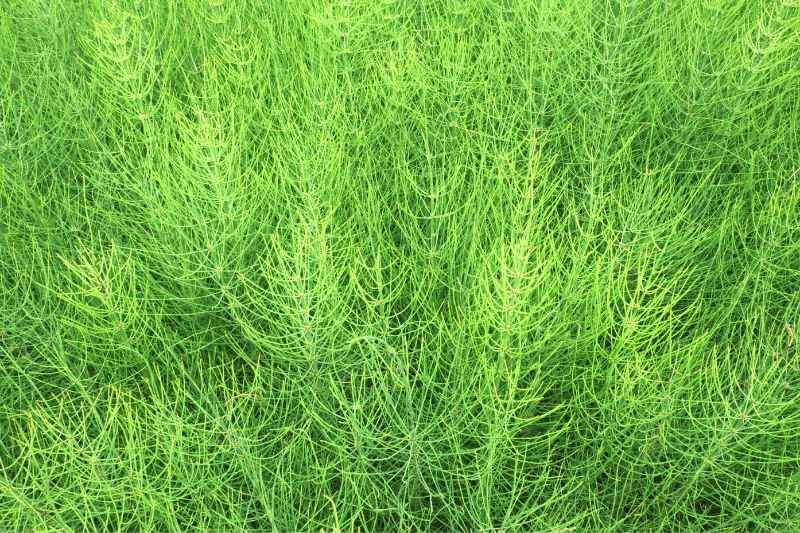
Drying horsetail stems
Although decoction can be made with fresh plants, it will be less effective. Drying horsetail concentrates plant's beneficial properties, notably silica, minerals and other essential nutrients. Moreover, when horsetail is properly dried, it can be stored and used throughout year.
For drying, space must be well ventilated to allow optimal air circulation. This helps evaporate water in horsetail stems, speeding drying while preventing mould or rot. Chosen place should of course be dry, without excessive humidity.
Protection from direct sunlight is also essential. Direct exposure during drying can degrade light-sensitive compounds, reducing horsetail effectiveness once turned into decoction. It is therefore recommended to dry horsetail in a bright place but out of direct sunlight, under a transparent shelter or indoors near a well-ventilated window, for example.
To spread horsetail, use clean, dry surfaces such as drying racks, mats or simply absorbent paper. Lay stems in a single layer to ensure even drying. Drying can take from a few days to several weeks. Stems are sufficiently dry when they break easily, sign that moisture has been properly removed.
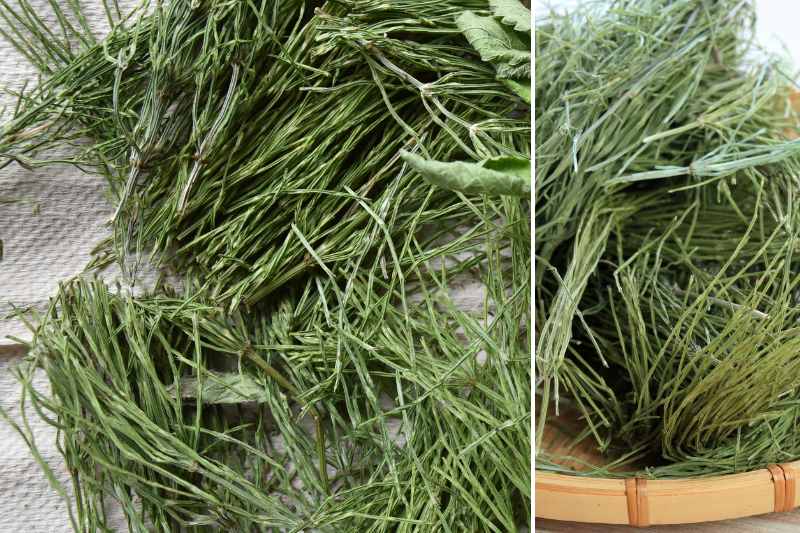
Preparing the decoction
Use a ratio of about 100 grams dried horsetail or 200 grams fresh horsetail per 10 litres of water. This ensures optimal concentration of horsetail active principles in final preparation.
- Once horsetail is measured, transfer it into a large saucepan.
- Then add cold water: cold water allows gradual extraction of water-soluble compounds from horsetail, notably silica, saponins and flavonoids, which are beneficial for plant health.
- Bring slowly to the boil: gradual temperature rise favours maximal release of horsetail properties into water, increasing decoction effectiveness.
- Let boil for 30 minutes: this long cooking extracts silicates and beneficial minerals from horsetail.
- Allow decoction to cool and infuse for several hours, or overnight.
- Then filter decoction to remove plant residues.
please note : Horsetail decoction keeps for a few days in the fridge. For later use, you can freeze it in ice cube trays.
Using the decoction
Preparing the solution
To prepare diluted solution, measure carefully 1 litre of horsetail decoction and mix it with 10 litres of water in a large container or watering can. Ensure mixture is homogeneous.
Foliar application
Foliar application of the diluted decoction allows direct absorption of nutrients and protective compounds by plants. Use a sprayer to apply solution to both sides of leaves, preferably early morning or late afternoon to avoid rapid evaporation from sun and minimise risk of leaf burn. This method is particularly effective to prevent fungal diseases, as it creates an environment unfavourable to their development on leaves.
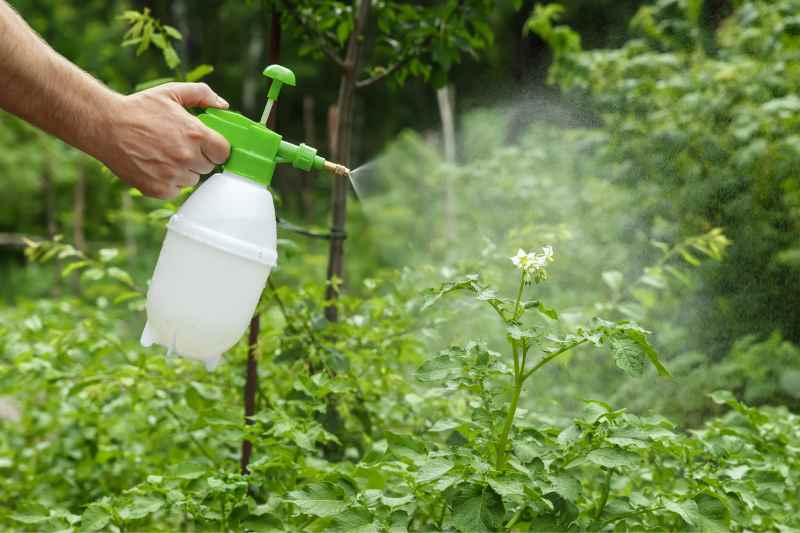
Application at the base of plants
Pouring diluted decoction around base of plants helps enrich soil with horsetail's beneficial compounds, notably silica, which can improve soil structure and plant resistance. This application supports overall plant health by strengthening natural defences and promoting robust root development. It is advisable to perform this operation at regular intervals, for example every 4 to 6 weeks during growing season, to maintain continuous protection.
Important! : although horsetail decoction is natural, it should be used judiciously. Monitor plants after first applications to ensure they respond well. Some sensitive plants may require a stronger dilution. Moreover, avoid excessive use of decoction so as not to disturb garden's natural balance.































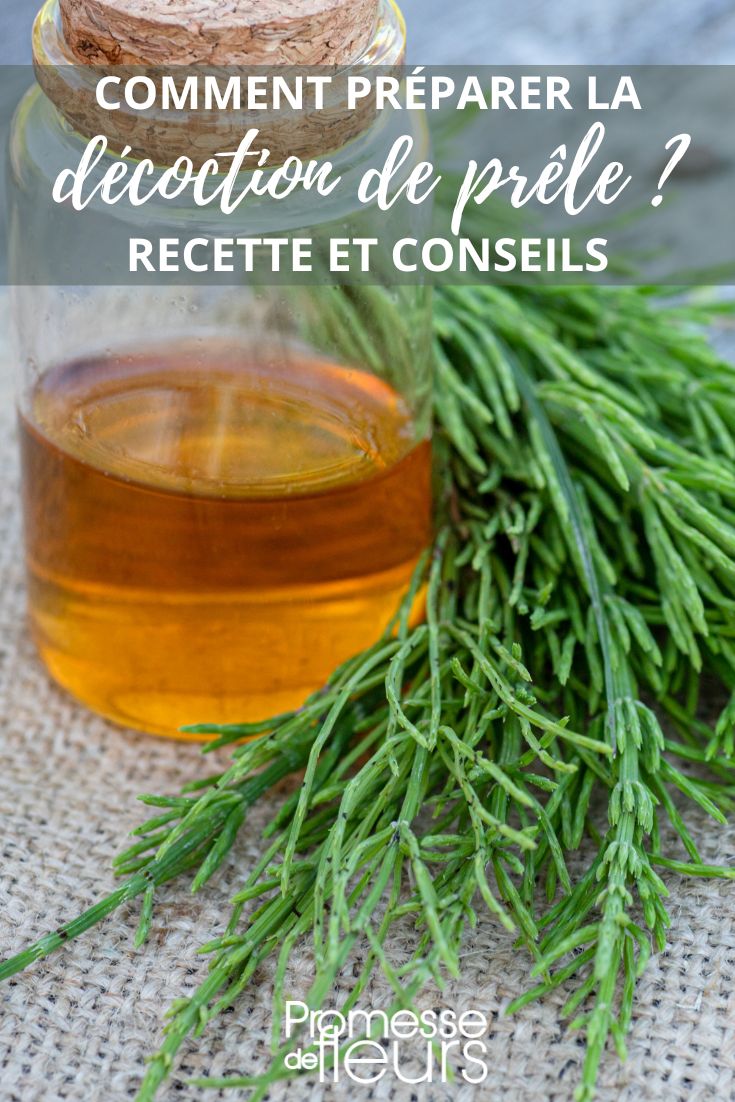
Comments